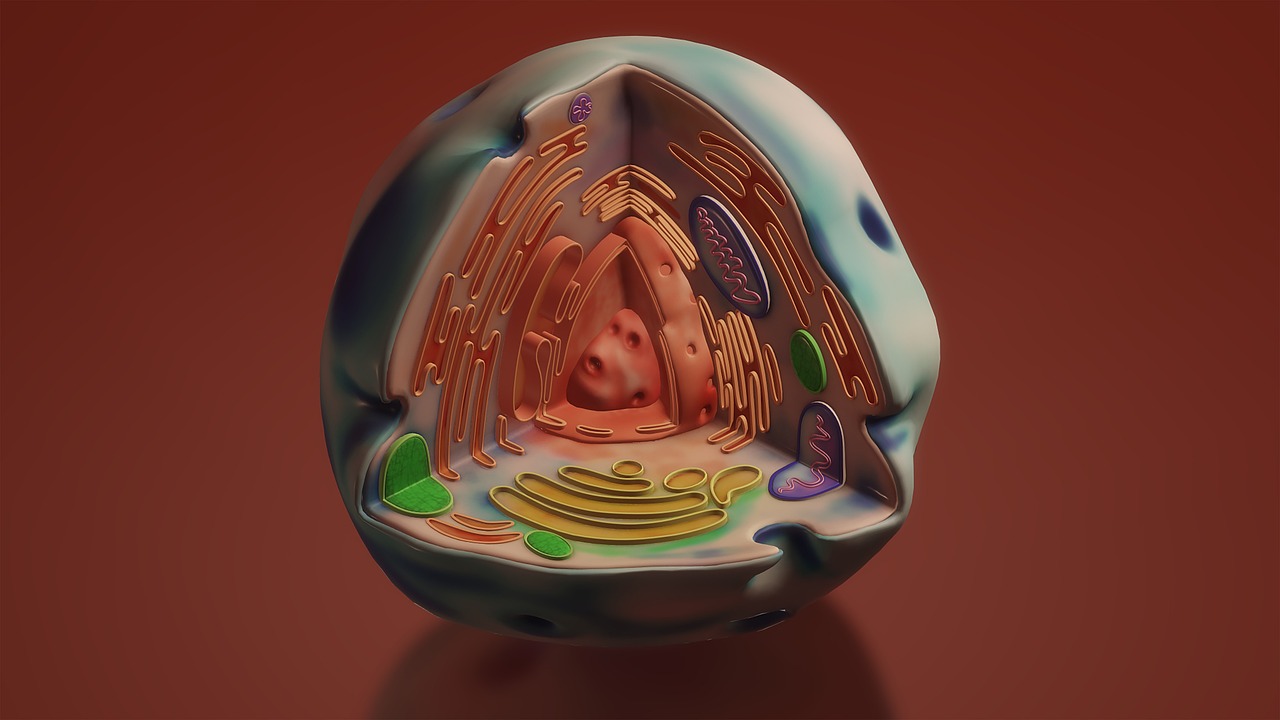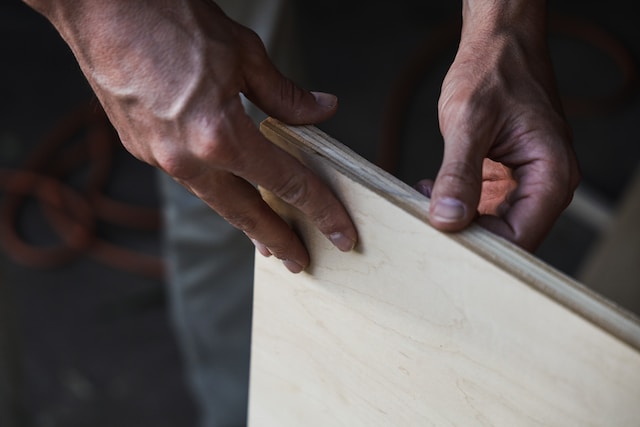IndustryTap wrote “Wind Turbine De-Icing Technology Keeps Blades Turning in Harsh Conditions” about new wind farms both on and offshore battling icy turbine blades. Turbines are programmed to stop rotating when ice builds up reducing electricity generation and profitability. Construction of wind farms offshore poses unique challenges as moisture and high winds quickly create icing. According to Brian Christley of Conway, UK, in a post to the Telegraph, “100% of offshore turbine blades along the North Wales coast idle slowly during cold spells.”
After our article appeared we heard from a major French wind power company interested in solutions to turbine blade icing and a multinational chemical manufacturer about the potential market size for a chemical coating to keep ice off blades.
Tapping the Electric Grid To De-Ice Wind Turbine Blades
According to industry spokesperson Rob Norris of RenweableUK, “all energy generators use a small amount of electricity to keep their systems running smoothly, in the case of wind farms drawing power from either an adjacent operating turbine or the grid.” Turbines generate electricity from rotors, gearboxes and generators. Recently, UK offshore wind farms began drawing power from the grid to activate heating elements installed in turbine blades when temperatures drop below freezing.
Wind Farms Driving Grid Innovations
According to the U.S. Department of Energy, onshore and offshore wind farms could provide up to 20% of US electricity generation needs by 2030.
In Europe, grids from Scotland, England, Wales and Ireland are being connected to offshore wind farms and engineers are seeking the most cost-effective grid structure and cable dimensioning. With a large number of oil and gas rigs in these areas, it is likely that wind farms will be tapped to provide energy for their operation.
The following are some of the issues related to wind turbine technology and its future:
- A transnational power exchange will become necessary to deal with sub-optimal offshore grid developments installed around the world.
- As the technology of wind turbine blades goes, so goes the wind power industry. Better and cheaper technology will ensure the continued adoption of wind energy systems.
- Existing power grids must be upgraded in order to efficiently and competently absorb new electricity being sent to them from new wind farm and other alternative energy installations.
- More cost-effective solutions must be identified to connect offshore wind farms to subsea transmission grids, leading to better integration and power system operation.
- The trend in offshore wind farm construction is to locate installations further and further offshore so that the efficiency of grid connections is more and more important.
- Twenty-five offshore wind farms in Ireland, UK, Sweden, Denmark and the Netherlands are currently producing 1,100 MW of power. The most recent data shows a total of 1,662 turbines at 55 offshore wind farms in European countries generating 18 TWh.
The following video shows ice building up on a wind turbine.
Related aricles on IndustryTap:
- Wind Energy Flies To Lofty Heights: New Designs Capture Wind at 2,000 Feet
- World’s Largest Offshore Wind Energy Area Now Available for Commercial Development
- Bladeless Turbine Harvests Wind Energy 2.3X More Efficiently Than Bladed Turbines
Reference and related content:






